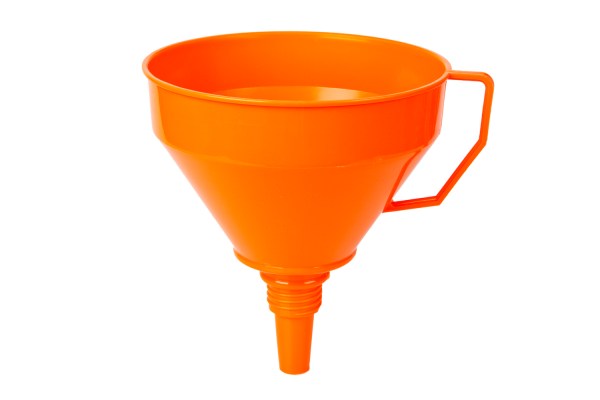Without customers, there can be no business. So how can you drive new customers to your startup or keep existing ones engaged? The answer is simple: Growth marketing.
As a growth marketer who has honed this craft for the past decade, I’ve been exposed to countless courses and I can confidently attest that working is the best way to learn.
I am not saying you need to immediately join a Series A startup or land a growth marketing role at a large corporation. Instead, I have broken down how you can teach yourself growth marketing in five easy steps:
Even when traffic is driven to the landing page, having other resources for consumers to visit is never a bad option.
- Setting up a landing page.
- Launching a paid acquisition channel.
- Booting up an email marketing campaign.
- A/B test growth experimentation.
- Deciding which metrics matter most for your startup.
In part one, I will teach you how to set up a landing page that we’ll eventually drive consumer traffic to. For the entirety of this series, we will assume we are working on a direct-to-consumer (DTC) athletic supplement brand.
Setting up your landing page
If you don’t have a product with a landing page or mobile app ready to go, I’ll show you how to quickly set a landing page up, as it is our one prerequisite for getting started.
A landing page is the page people are taken to when they click an online ad you have purchased, and it is commonly the homepage of a website. Regardless of how a consumer “lands” on your landing page, its purpose is to encourage them to convert into a lead or purchase.
In 2010, I was ecstatic when Apple introduced iWeb, which allowed users to design and publish websites without needing to write a single line of code. It was a very basic platform, though, and we’ve come a long way since. Today, there are a wide variety of advanced content management system (CMS) editors available, such as Leadpages and Webflow, which empower everyday internet users to create beautiful websites all on their own.
The advantage of many of these platforms is that they will guide you through how to use premade templates and editing your first pieces of content (such as website titles, headlines, etc.). Select a platform you like and let’s get building!
Types of content
While most of the tactical advice in this first part of the series will focus on the landing page, it’s still important to cover the other pages on your site.
Thousands of brands have proven the effectiveness of a one-page website, also known as a “squeeze page,” but even they have additional context available in the form of other pages. The key is that these additional pages are often hidden from the landing page so that consumers aren’t distracted.
For our DTC athletic supplement brand, a few page ideas are:
- About Us
- Ingredients/Benefits
- Comparisons
- Reviews
Even when traffic is driven to the landing page, having other resources for consumers to visit is never a bad option. Imagine dropping into a vitamin provider’s landing page and not being able to browse around to learn more. A visitor might still purchase some vitamins, but having a comparisons page to show how it is different from other brands could further help push a consumer to buy.
Building a fully fledged website is not necessary to learn more about growth marketing nor is it the point of this series. Part one is here to inspire your decisions on the types of pages you could build.
Designing an effective landing page
Here comes the fun part: building the page you’ll drive traffic to.
This page will be your first impression on the consumer. This makes it paramount to have a well thought out design so that your brand has the best shot at winning over consumers.
There are hundreds of best practices one can consider when creating a landing page, but I’ve narrowed down the most important five:
- A clear headline.
- Engaging hero image.
- Strong value propositions.
- Social proof.
- Call to action.
When someone lands on your page, they will spend the first couple of seconds reading your headline and looking at your hero image. Make sure you don’t gloss over crafting this content, and be sure to leverage competitors for copy inspiration.
If your competitors are large enough, it’s safe to say that they have probably spent many thousands of dollars and countless tests to perfect their headline and hero image. For our DTC athletic supplement brand, we could potentially use the headline: “All of your greens. Just one pill per day.”
Following the headline and hero image, make sure that you have clear value propositions, testimonials from existing clients and a direct call to action. As consumers scroll through your website, their curiosity in your product should grow and any skepticism should be alleviated by the information you have provided.
Tracking
Ensuring there is proper tracking on a landing page will make future decision-making significantly more precise. The gold standard for website tracking is Google Analytics, which was recently updated to help track event-based data from both websites and apps. There are many guides for installing Google Analytics, and many CMS platforms such as Webflow support its plugins, which makes setting it up simple.
For additional insights, consider installing a tool like Hotjar, which can tell you where consumers are spending the most time on your website and where their cursors are moving while they are visiting.
In part two of this series, we’ll learn how to set up pixels for your first paid acquisition channel.
